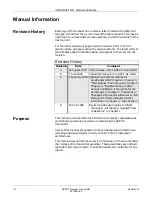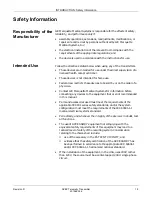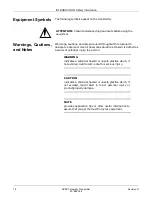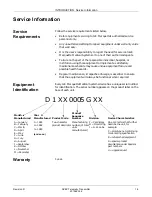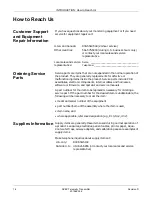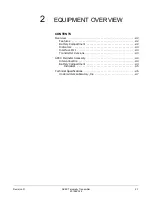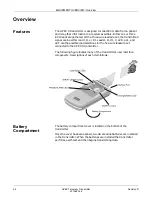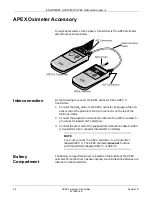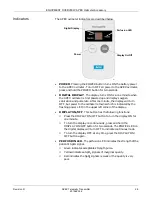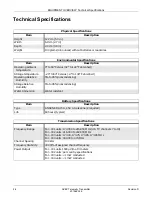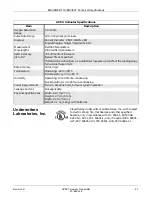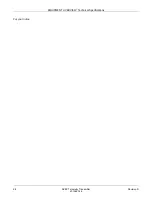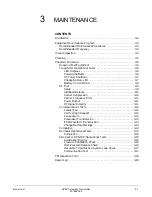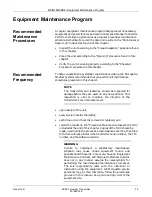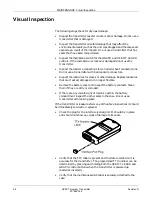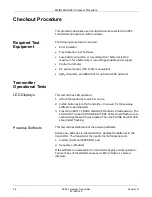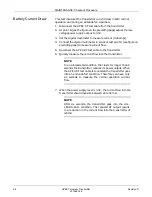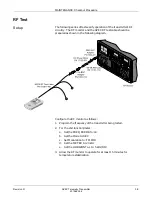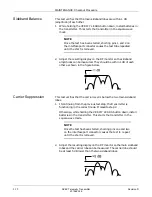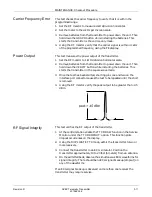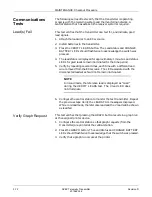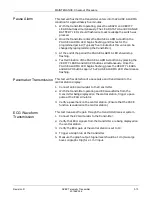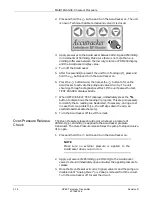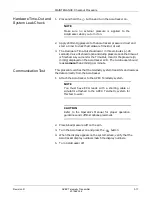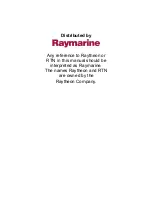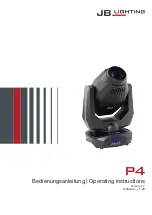
MAINTENANCE: Disinfection
3-2
APEX Telemetry Transmitter
Revision D
401566-166
Disinfection
Disinfection of the transmitter assembly must be performed in
accordance with the policies and procedures of your institution’s infection
control or biomedical staff.
NOTE
The transmitter and leadwires should be inspected for
damage before they are used on any new patients. This
inspection is vital to maintain the integrity of the
transmitter’s environmental seals.
For intensive disinfection or sterilization of the transmitter:
•
Aqueous disinfectants such as glutaraldehydes (Sporicidin, etc.), 2-
part sodium chloride/lactic acid mixture (i.e., Exspor and other
chlorine dioxide action types), and other cold rinses are acceptable.
These solutions may shorten the transmitter’s useful lifetime after
repeated applications.
•
Remove the batteries before cleaning the transmitter.
•
Disconnect the leadwires from the transmitter.
•
Always dilute the cleaning solutions according to the manufacturer’s
recommendations.
•
Always wipe off the cleaning solutions with a clean, dry, lint-free
cloth after cleaning.
•
Never pour or spray water or any cleaning solution on the
transmitter or permit fluids to seep behind connectors or into
openings.
•
Do not immerse the transmitter in any cleaning solution.
•
Do not autoclave or steam clean the transmitter.
•
Ethylene Oxide (ETO) is acceptable but may discolor and/or reduce
the useful lifetime of the transmitter.
CAUTION
The decision to sterilize the transmitter must be made in
accordance with each institution’s requirements. Be
aware that sterilization agents may have a detrimental
effect upon the transmitter and its operation.

